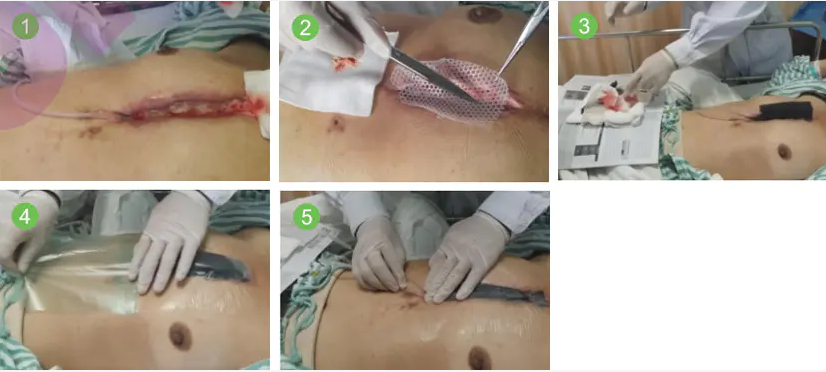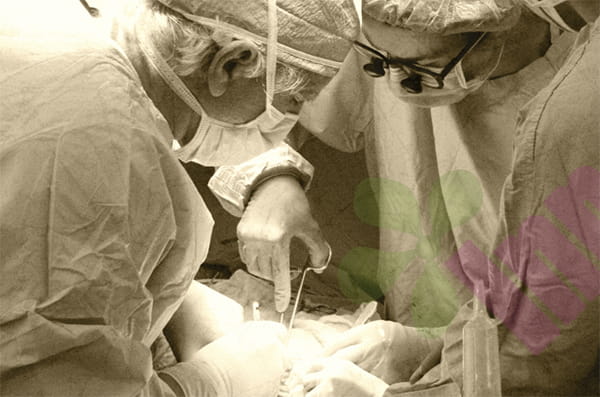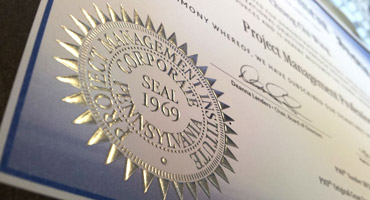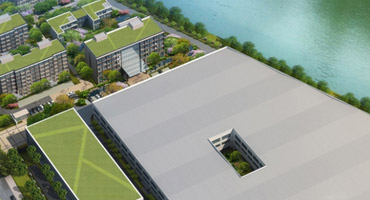Butterfly Baby, behind this beautiful name, is the pain that ordinary people can hardly imagine. Why do I say that? Its full name is hereditary epidermolysis bullosa, and the skin is as fragile as the wings of a butterfly. Now follow me to enter the world of Butterfly Baby.

What is hereditary epidermolysis bullosa?
Epidermolysis bullosa ( EB) is a rare genetic skin disease characterized by the spontaneous formation of blisters after slight friction or collision. The patient's skin is as fragile as a butterfly's wing, and a slight touch can cause blistering, ulceration, and shedding of the skin and mucous membranes, which are prone to infection and cannot be cured for life.
Hereditary epidermolysis bullosa occur?
EB is not an infectious disease, it is caused by a genetic defect. Our skin is divided into the epidermis and dermis, which are bonded together by a special "glue" (protein). There is a problem with the "glue" of EB patients, which makes the skin layers separate easily, so blisters are formed. The root cause of the problem with the "glue" is that some genes have mutated.
EB is divided into four categories:
Epidermolysis Bullosa Simplex (EBS) :
Intraepidermal blisters caused by keratin defects, tension blisters with a diameter of 0.5-2.0 cm, and intraepidermal blisters are caused by keratin defects. No scars are left after healing, but pigmentation or hypopigmentation may remain.
Dystrophic epidermolysis bullosa (DEB):
Type VII collagen deficiency leads to the destruction of the dermal-epidermal connection, making the oral cavity, esophagus, cornea, and other parts prone to erosion, leaving "cobblestone-like" scars after healing, and in severe cases leading to claw hands.
Junctional epidermolysis bullosa (JEB):
Fatal blistering is caused by laminin deficiency, with extensive blisters, bullae, and erosions present at birth.
Multiple system involvement: May be accompanied by damage to the respiratory and digestive tract mucosa
Kindler syndrome:
A complex phenotype caused by defects in a multiprotein complex
May affect the epidermis, the clear layer, and the sublamina densa, with progressive skin atrophy and telangiectasia with age
Clinical manifestations:
Mechanically fragile skin, tension bullae, and erosive crusts are common features of all types of hereditary EB.
Skin fragility increases, and even the slightest friction can cause skin delamination, usually within minutes, with tense blisters, erosions, and crusting. Other epithelia may also be affected, including the conjunctiva, oral cavity, digestive tract (except stomach), and reproductive tract. Such specific site involvement is more common in dystrophic EB and less common in JEB. Bullae, erosions, ulcers, and/or scars are present.

Treat:
Up to now, there is still no complete cure for epidermolysis bullosa, but proper treatment and management can significantly improve symptoms and improve the quality of life. Currently, the main clinical treatments are skin wound care, protection, and symptomatic treatment.
Skin wound care:
Moist healing dressings can be used for wound care: blisters can be punctured and drained with a sterile needle, and the top of the blister remains intact to minimize pain and prevent microbial colonization. Broken skin can be covered with specialized non-adhesive foam and lipid-colloid dressings. Change the dressing every day and use special dressings (such as silicone gel silicone mesh/ultra-thin silicone gel dressings). Silicone gel reduces water evaporation through the physical barrier effect, maintains a moist wound environment, regulates the balance of collagen synthesis and degradation, inhibits excessive deposition of type I collagen; reduces tumor necrosis factor-α (TNF-α) expression, reduces inflammatory response, and softens scar tissue through electrostatic action. An RCT study published in 2023 by Xiangya Hospital of Central South University showed that in the prevention and treatment of post-burn scars, the scar hyperplasia index of the silicone gel group was 63% lower than that of the control group (p=0.001).
For more information on Innomed®Silicone Contact Layer, Refer to the Previous Articles. If you have customized needs, you are welcome to contact us; You Wholeheartedly. At longterm medical, we transform this data by Innovating and Developing Products that Make Life easier for those who need loving care.
Editor: kiki Jia

 English
English عربى
عربى Español
Español русский
русский 中文简体
中文简体








